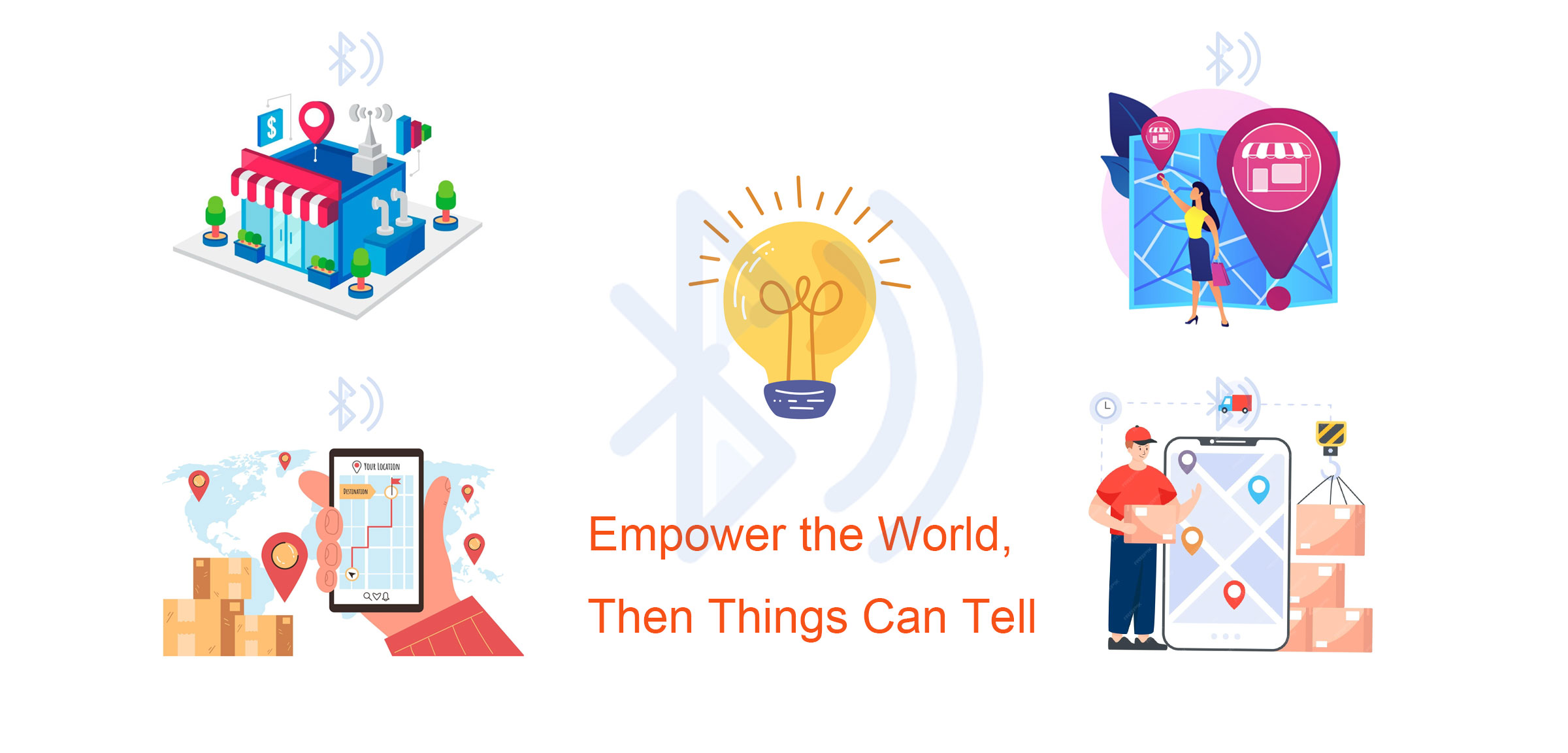
BLE Beacons, leveraging Bluetooth Low Energy (BLE) technology, have emerged as a versatile and efficient solution for a wide range of industries. These small devices transmit signals to nearby Bluetooth-enabled devices, enabling precise location tracking, proximity marketing, and enhanced operational efficiency. As businesses and organizations seek innovative ways to engage with customers and optimize operations, BLE Beacons offer a cost-effective and scalable solution. This article explores the diverse applications of BLE Beacons and how they are transforming various sectors.
BLE Beacons: A Brief Overview
BLE Beacons are small, low-power devices that transmit signals using BLE technology. These signals can be detected by smartphones, tablets, and other BLE-enabled devices. The beacons can broadcast unique identifiers, URLs, or sensor data, allowing applications to trigger specific actions or provide relevant information based on the user’s proximity. This technology is particularly useful for applications requiring real-time location data and personalized interactions.
Applications Across Industries
Retail and E-commerce
In retail environments, BLE Beacons are used to enhance customer experiences and drive sales. Stores can deploy beacons to deliver customized promotions, discounts, and product suggestions directly to customers’ mobile devices. For example, a customer browsing the shoe section might receive a notification about a discount on a specific brand. This not only boosts customer engagement but also provides valuable insights into customer behavior, helping retailers optimize store layouts and promotional strategies.
Hospitality and Tourism
Hotels and resorts are leveraging BLE Beacons to provide personalized guest experiences. Beacons can send relevant information to guests’ devices, such as promotions, menus, or nearby attractions. Additionally, guests can use beacons to streamline check-in processes and obtain room keys. This technology enhances the overall guest experience by providing dynamic and tailored content.
Healthcare and Medical Facilities
In healthcare settings, BLE Beacons play a crucial role in patient care and operational efficiency. They can track the location of medical equipment, ensuring that critical devices are always available when needed. Beacons can also guide patients to specific departments or rooms within a facility, improving navigation and reducing wait times. For example, a mobile medical cart can send alerts to staff members when supplies are low, ensuring timely restocking.
Museums and Galleries
Museums and galleries are adopting BLE Beacons to create interactive and personalized experiences for visitors. Placed near exhibits, these beacons can trigger audio guides or relevant information on visitors’ smartphones. They can even offer virtual tours, allowing visitors to explore the museum with personalized insights and multimedia content.
Transportation and Logistics
In the transportation and logistics sector, BLE Beacons streamline asset tracking, inventory management, and supply chain optimization. These devices can be attached to vehicles, containers, or packages, enabling real-time tracking throughout the transportation process. This helps prevent delays, optimize routes, and ensure timely delivery of goods.
Smart Cities and Urban Planning
Smart cities are utilizing BLE Beacons for various applications, including location-based services, public safety enhancements, and environmental monitoring. Beacons can provide real-time information about nearby points of interest, public transport schedules, and parking availability. They can also aid in tracking air quality, noise levels, and waste management systems, providing valuable data for urban planning.
Education and Campus Management
In educational institutions, BLE Beacons improve campus management and student engagement. Deployed throughout campuses, beacons can send location-based notifications, including class schedule updates and exam reminders. They can also assist in attendance tracking and be integrated with security systems to enhance campus safety.
Indoor Navigation and Wayfinding
BLE Beacons are commonly used for indoor navigation in environments such as shopping malls, airports, and offices. These devices provide accurate location-based information and turn-by-turn directions on smartphones. For example, in shopping malls, beacons can help shoppers locate specific brands, while in airports, they can guide passengers to check-in counters and gate entrances.
Events and Conferences
At events and conferences, BLE Beacons enhance attendee experiences by offering personalized notifications and reminders. They can also facilitate crowd management and provide data on attendee behavior, helping organizers plan future events more effectively.
Future Trends and Developments
Enhanced Accuracy and Precision
Advancements in BLE technology are leading to improved location accuracy, making BLE Beacons even more effective for applications such as indoor navigation and asset tracking. Techniques such as Angle of Arrival (AoA) and Angle of Departure (AoD) are enabling more precise positioning.
Integration with IoT and Cloud Platforms
The integration of BLE Beacons with IoT devices and cloud platforms is accelerating, enabling seamless communication and real-time data processing. This integration allows for advanced functionalities such as predictive maintenance and data analytics.
Focus on Energy Efficiency and Security
Manufacturers are focusing on developing energy-efficient and secure BLE Beacons. These devices are designed to consume minimal power while maintaining robust security features, making them suitable for sensitive applications.
Conclusion
BLE Beacons are transforming the way businesses and organizations interact with their environment, offering a versatile and efficient solution for a variety of applications. From retail and healthcare to smart cities and industrial automation, BLE Beacons provide precise location data and enable seamless communication between devices. As technology continues to advance, BLE Beacons are expected to play a crucial role in enhancing operational efficiency, improving safety, and driving innovation across various industries.


